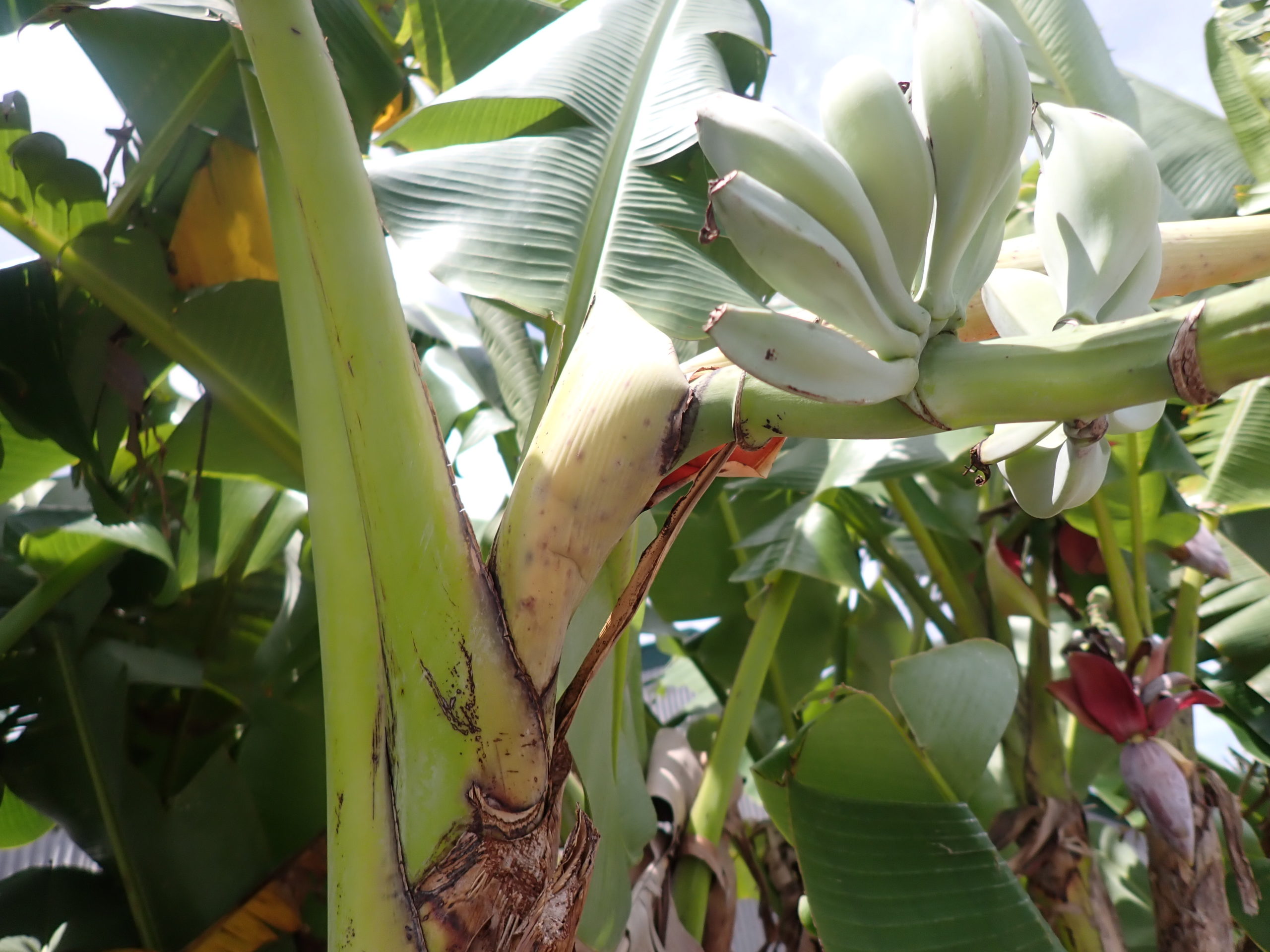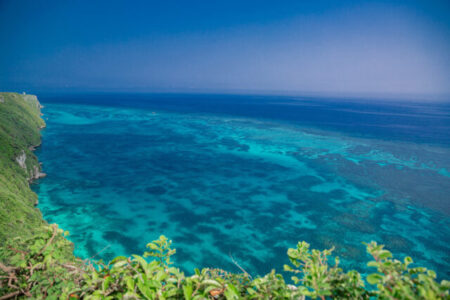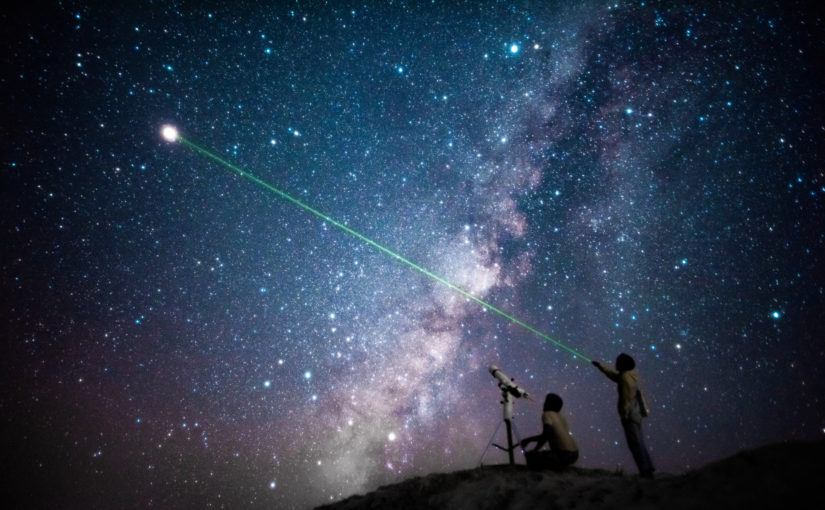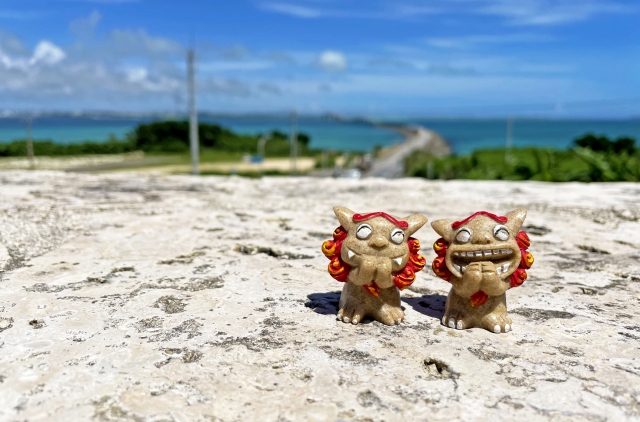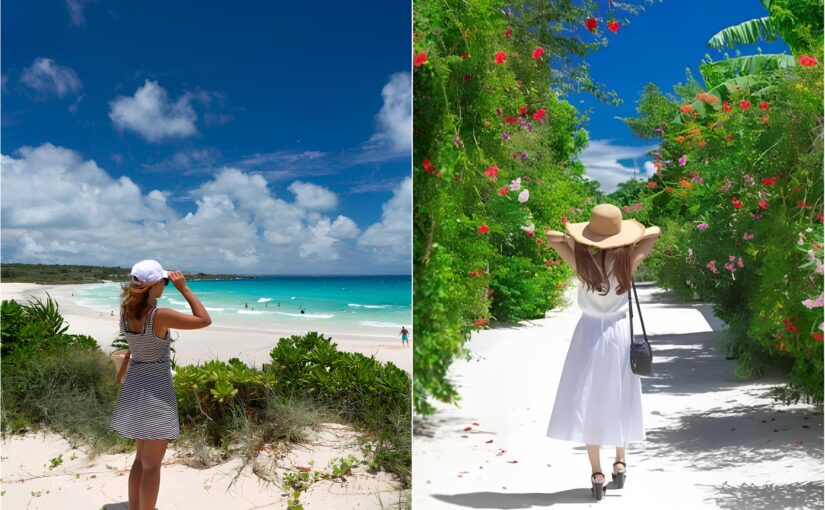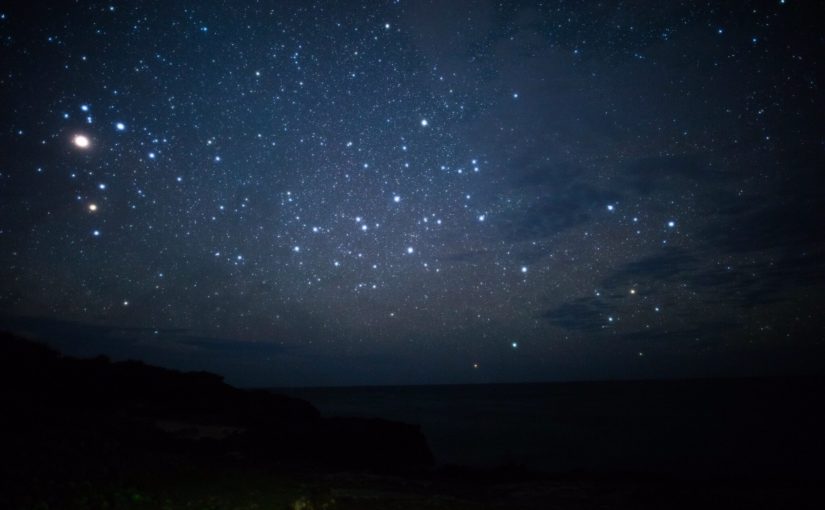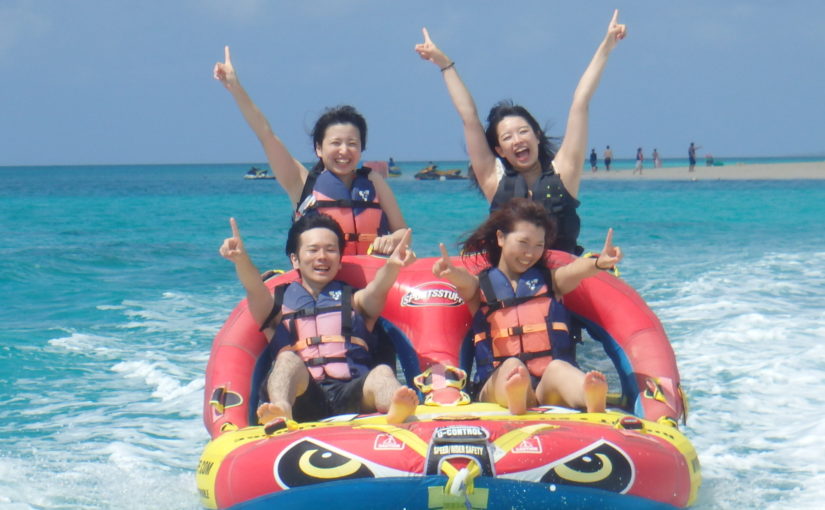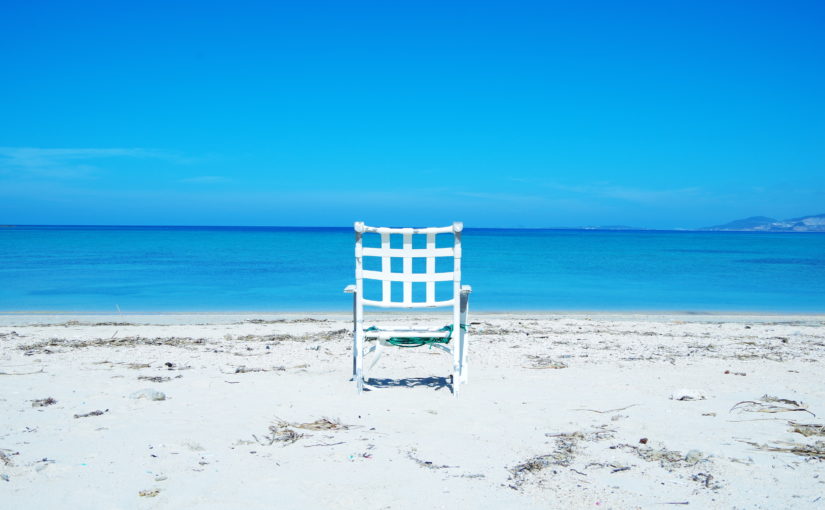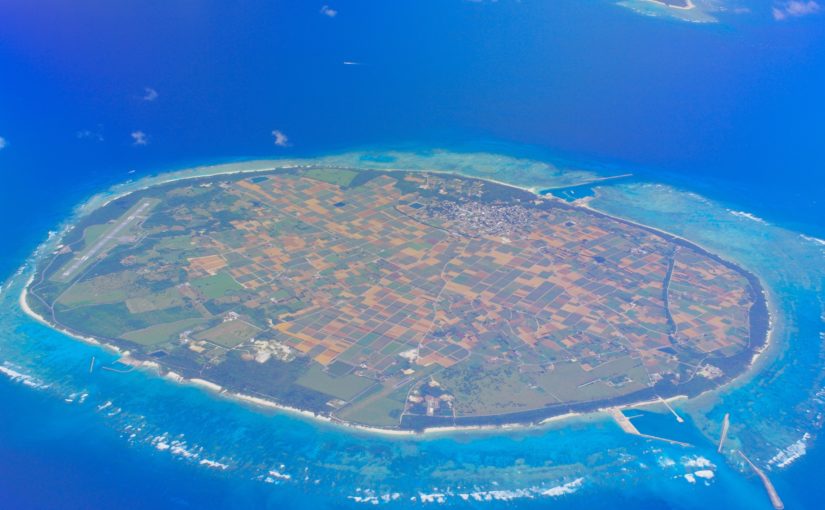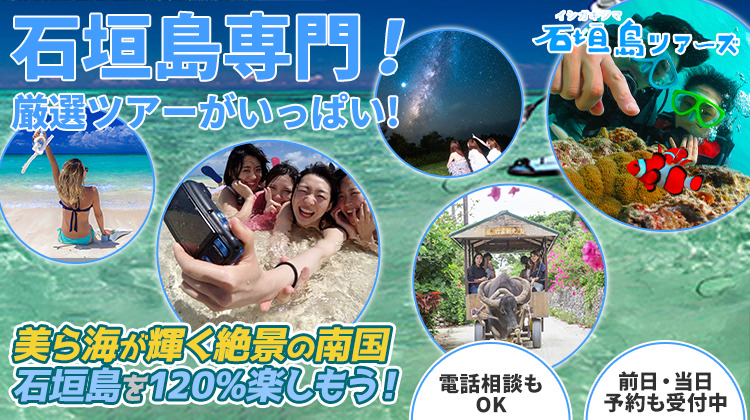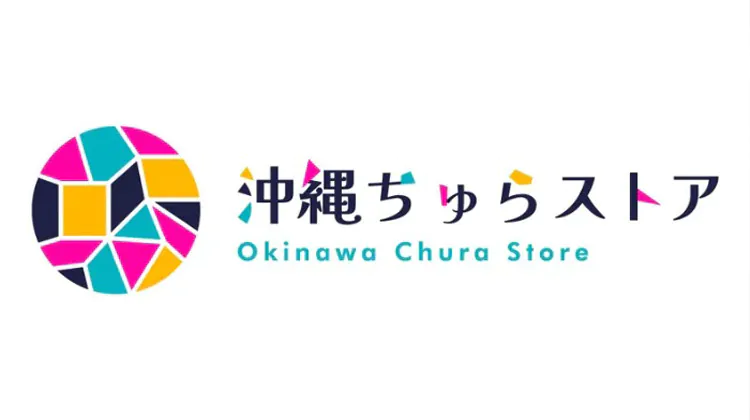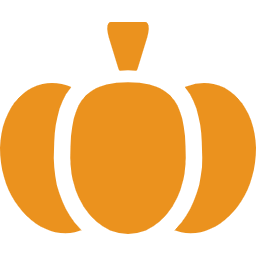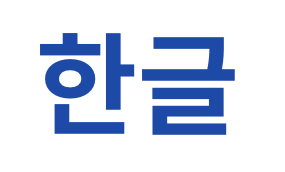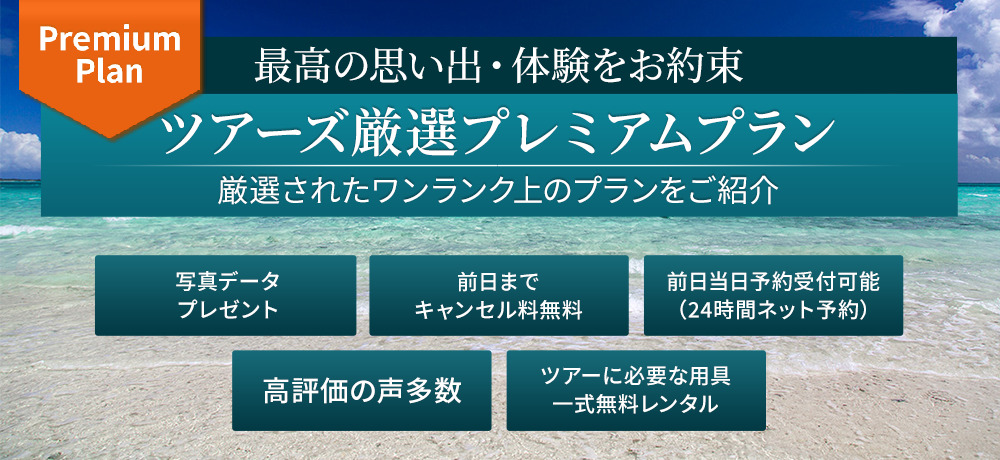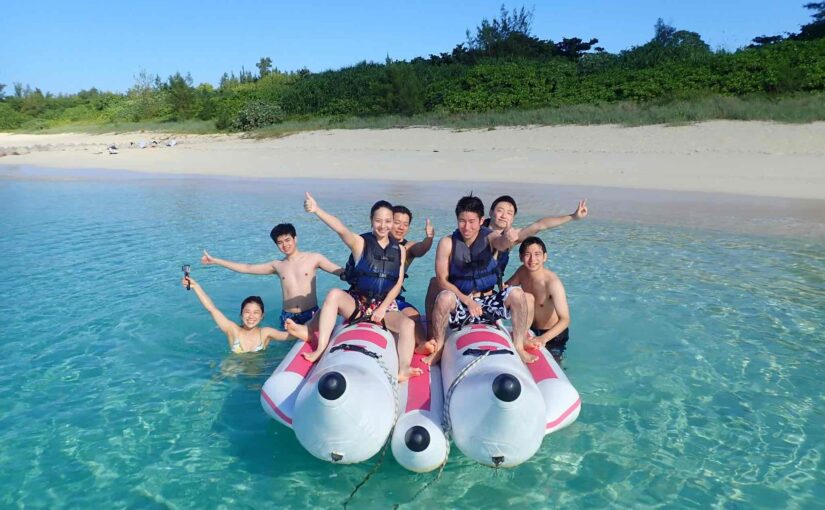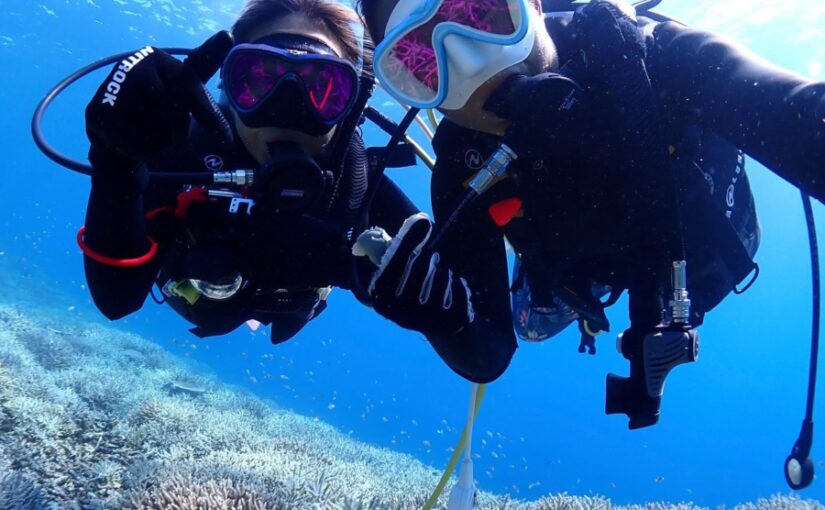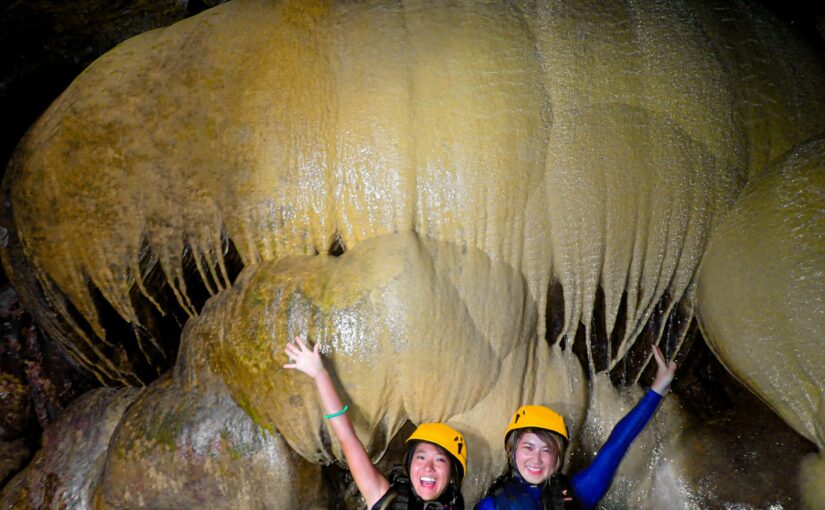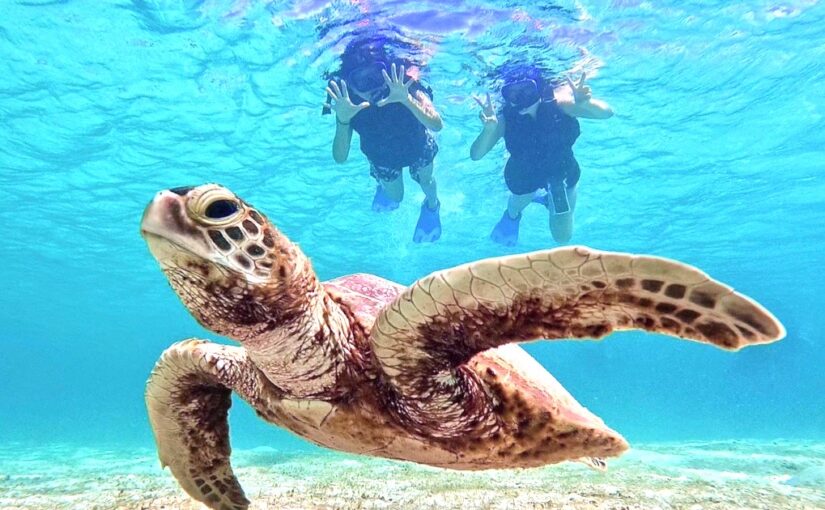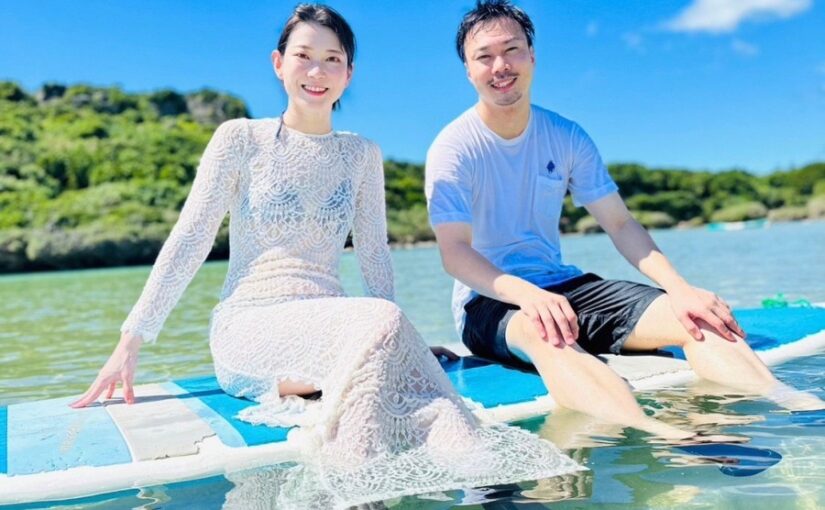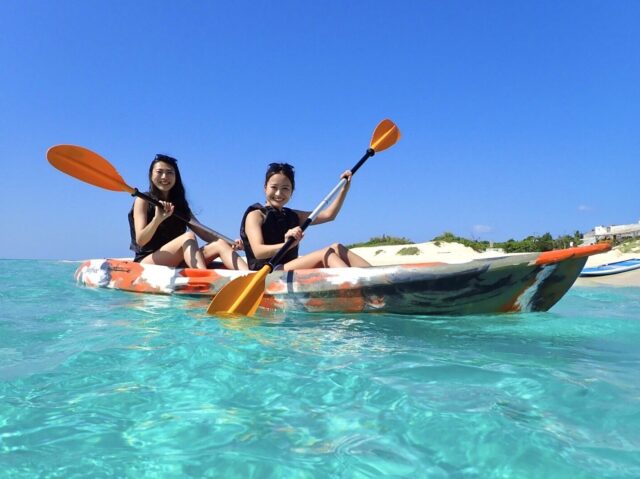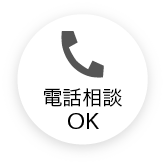15 Plants of Miyako Island! Includes tours to find plants and animals unique to Miyako Island!
Table of Contents
- 1 Introducing 15 plants of Miyako Island!
- 1.1 Plants of Miyako Island (1) Adan
- 1.2 Plants of Miyako Island (2) Ookibashou
- 1.3 Plants of Miyako Island (3) Otaniwatari
- 1.4 Plants of Miyako Island (4) Banyan Tree
- 1.5 Plants of Miyako Island (5) Gingokan
- 1.6 Plants of Miyako Island (6) Kuzuimo
- 1.7 Plants of Miyako Island (7) Sugarcane
- 1.8 Plants of Miyako Island (8) Striped papaya
- 1.9 Plants of Miyako Island (9) Cycad
- 1.10 Plants of Miyako Island (10) Hibiscus
- 1.11 Miyako Island Plants 11 Sunflower
- 1.12 Miyako Island Plants 12 Hirugi
- 1.13 Plants of Miyako Island 13.
- 1.14 Miyako Island Plants 14 Palm trees
- 1.15 Miyako Island Plants15.
- 2 summary
Introducing 15 plants of Miyako Island!
Plants of Miyako Island (1) Adan
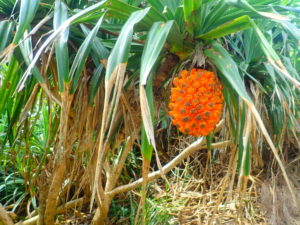
Adan is a small evergreen tree 2-6 m tall that grows naturally in rocky areas along the sea.
The fruits aggregate to form a 15-20 cm long, broadly oval, pineapple-like cluster that ripens to a yellowish-red color and has a pineapple-like aroma. It produces thick branches with a prop root. The trunk and branches are twisted, giving it a spiral appearance. The thick branches have triangular leaves 1 to 1.5 cm long.
In Japan, it blooms from spring to fall.
Plants of Miyako Island (2) Ookibashou
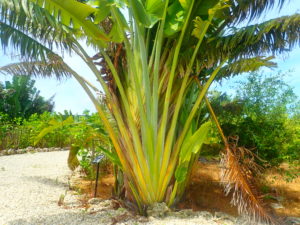
The giant kibasho grows a lot of leaves during the season when typhoons visit the area, and the leaves are often tattered after typhoons pass. Nevertheless, it is also called "traveler's tree" because its leaves spread east and west, making it a landmark for travelers.
Leaves drop off from below, and when the petiole falls off, the trunk emerges.
Plants of Miyako Island (3) Otaniwatari
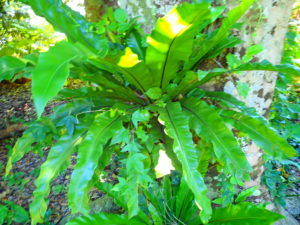
Otaniwatari is a plant that grows on rocks and is distributed in Japan in warmer areas such as Okinawa, including Miyakojima Island.
The shoots of the Giant Cottonwood are cooked in tempura or soaked in soy sauce and are also known as an edible plant. Although there are other species similar to the Giant Sunflower, they can be distinguished by the way their spores are attached, so please compare them.
Plants of Miyako Island (4) Banyan Tree
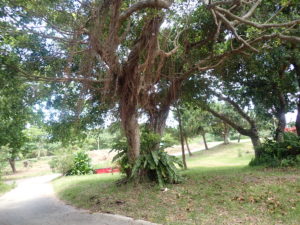
The banyan is the city tree of Miyakojima City and is revered as a sacred sacred tree because of its special shape as it grows.
Because it is a very hardy tree, it is often transplanted along the coast as a windbreak or kept as an ornamental plant.
Plants of Miyako Island (5) Gingokan
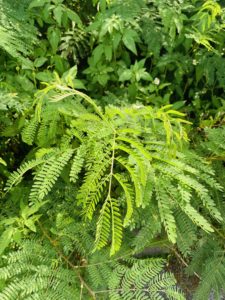
Gingokan is a flowering tree that grows in tropical and subtropical regions. It has sharp spines on its branches, leaf axils, and petiole bases that can reach 3 to 8 meters in length.
The essential oil, sweet acacia flower oil, extracted from the flowers of the gingko nut, is also used in cosmetics. The bark and fruits also contain tannin, which is used as a raw material for dyeing and ink.
Plants of Miyako Island (6) Kuzuimo
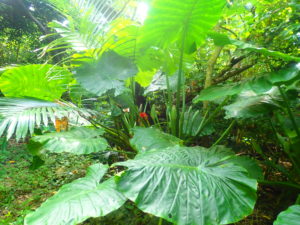
Kwazui potato is a visual potato similar to taro that grows wild in various places such as roadsides, field margins, and wooded areas. It is a highly fertile species with a stem diameter of about 10 cm and a height of up to 1.5 to 2 m. It is a natural enemy of farmers.
As its name implies, the kwazui potato is a poisonous plant that cannot be eaten.
Plants of Miyako Island (7) Sugarcane
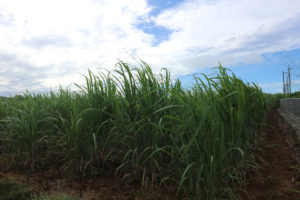
Sugarcane is a plant that grows well in warm climates and is the most native agricultural crop of Miyako Island. Overseas, it is grown in Thailand and Australia.
The stalks of sugar cane are the raw material for sugar, and brown sugar is also refined from sugar cane. Sugar is produced by repeatedly filtering and boiling the sweet juice that seeps from the hard fibrous skin.
Plants of Miyako Island (8) Striped papaya
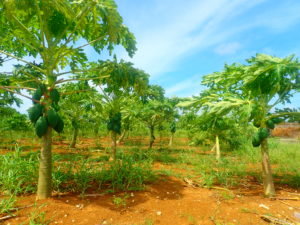
The striped papaya is an evergreen flowering tree with large leaves on upward straight stems.
When we think of papaya, we tend to think of the fruit, but it is often used as a vegetable for food, and the green, unripe papaya is cut into strips and stir-fried.
Plants of Miyako Island (9) Cycad
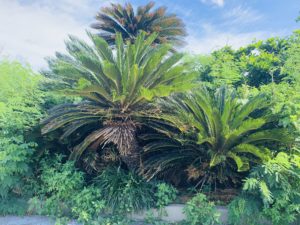
Sycamore is an evergreen shrub similar to a palm tree that grows naturally on Hachijojima Island and southern Kyushu. It is also planted in other areas, such as at roundabouts. It has long been associated with people as an object of appreciation and food.
Flowering season is June to July, and you may get white or yellow flowers that swell into a dome shape. It produces red berries in early fall.
Plants of Miyako Island (10) Hibiscus
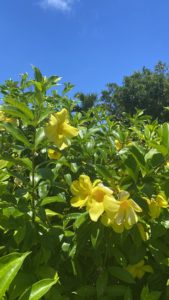
The hibiscus is a symbolic flowering tree of tropical lands. Red may be the most popular color, but it actually comes in a wide variety of petal colors, including white, pink, and orange.
Miyako Island Plants 11 Sunflower
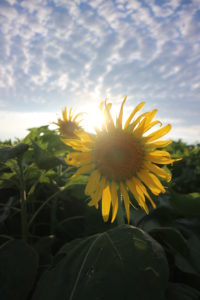
Sunflowers on Miyako Island can be seen in bloom from the end of March to early June.
However, there are no sunflower fields, and where they bloom changes every year. This is because sunflowers nourish the fields, so after the sugarcane is harvested, sunflower seeds are sown before the summer planting season to make sunflower fields.
In other words, knowing that sunflowers bloom where sugarcane fields used to be can help identify the location to some extent.
Miyako Island Plants 12 Hirugi
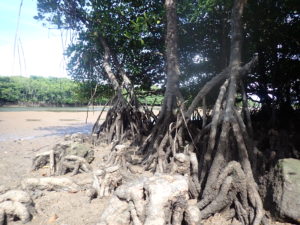
Hirugi is a plant that forms mangrove communities, growing naturally in many subtropical and tropical processing and shallow areas, including Miyako Island.
On Miyako Island, the Ohirugi, Mehirugi, Yaeyama Hirugi, Hirugi damashi, and other species grow wild. The two most famous mangrove forests on Miyako Island are the Shimajiri mangrove forest and the Kawamitsu mangrove.
Plants of Miyako Island 13.

Murasaki omotos are tropical plants that resemble the omotos plant, so named because the undersides of their leaves are purple.
Yellow Star, with yellow leaves, is another closely related species. Murasaki omotos are about 20 to 30 cm tall, prefer sunny locations, and can be used in mixed plantings. It produces pretty white flowers during the summer season.
Miyako Island Plants 14 Palm trees

The palm tree, a typical tropical plant, is a general term for plants classified in the palm family.
There are 3,000 species of palms and many members of the family, but only seven of these species are native to Japan. Palm trees are evergreen plants that do not grow branches from their trunks, and they have feather-like leaves radiating from the tips of their trunks.
Large trees can reach a height of 30 meters or more, but some small ones (1 to 2 cm) are cultivated as houseplants.
Miyako Island Plants15.
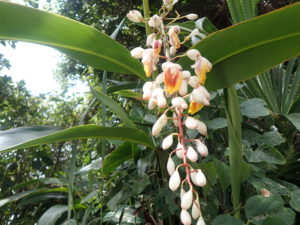
Gekko is a perennial herb of the ginger family and grows wild throughout Miyako Island. It has a very strong aroma, and its leaves, stems, and seeds are believed to have antiseptic and insect repellent properties.
summary
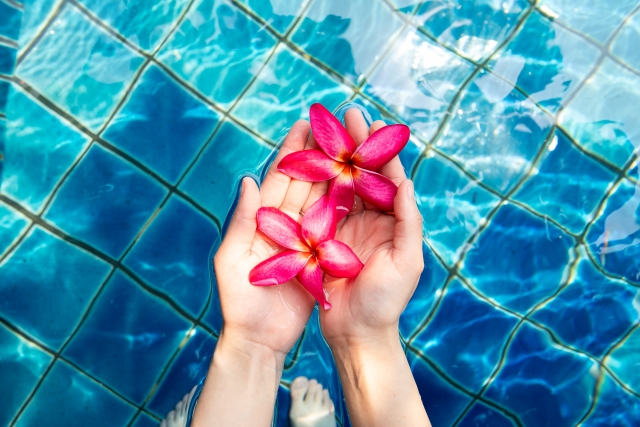
We have introduced the plants of Miyako Island. There were palm trees, the symbolic tropical plants, mangroves, and plants that bear tropical fruits.
Please look for them when you stroll around the island in Miyakojima.
Thank you for reading to the end.

